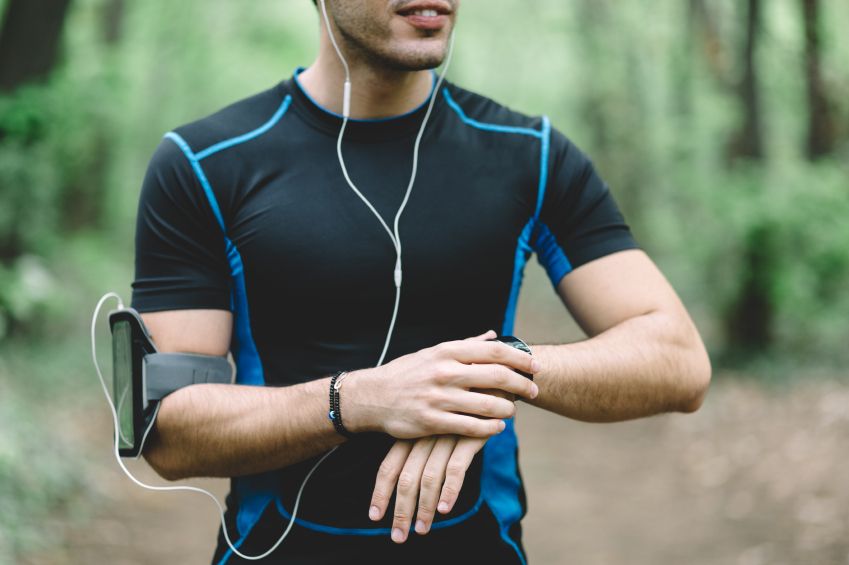You’ve probably heard about the Paleo diet.
It’s basically following a diet similar to what our Paleolithic ancestors ate long before they invented fast food and even before humans began farming grains for food.
Advocates say eating whole foods – including lean meat, healthy fats, fruit, vegetables, nuts and seeds – is how humans evolved over thousands of years, thriving from it before everyone started eating processed crap and got sick and fat.
Most 21st century primal eaters don’t touch processed carbs, grains, dairy or even booze and it’s an approach to nutrition that has become popular and almost synonymous with the CrossFit community.
The health and body composition benefits of following this eating plan are pretty clear. Most people say it helps them with weight loss and losing fat.
But it can also reduce inflammation which causes disease and fat storage, stabilises your blood sugar for less eratic energy spikes throughout the day, makes your body more insulin sensitive to handle carbs and more long term puts your risk of ‘modern diseases’ like diabetes and heart disease way down.
Eating paleo means your body learns to burn fat more efficiently as fuel, rather than having to rely solely on carbs, which is great for endurance athletes like marathon runners or triathletes.
Sounds pretty good, right? And for anyone who trains recreationally or endurance athletes, it probably is.
But there’s a huge caveat – if you’re an athlete, and you compete or you train hard at anaerobic disciplines like weightlifting, your performance could suffer. Why? Because your body needs carbs for quick energy.
This study into high fat, low carb (ketogenic-type) diets says “anaerobic performance is limited by the low muscle glycogen levels induced by a ketogenic diet, and this would strongly discourage its use under most conditions of competitive athletics.”
But why? There’s some simple science that explains how your body creates energy during high intensity, anaerobic exercise – like CrossFit.
Its explained in very simple terms by strength and conditioning expert Dr Todd Miller, who is an Associate Professor of Exercise Science at The George Washington University Department of Exercise & Nutrition Sciences.
Your body is designed to convert fat and carbs from your blood and turn it into energy (ATP) to fuel your body during aerobic exercise. This energy pathway is really slow, he explains, so is used in endurance or low intensity activities like jogging or walking.
But for high intensity exercises this energy pathway is too slow – so we need energy creating in a different way which is fast for anaerobic exercise.
Dr Miller says this is done by creating energy (ATP) quickly from carbohydrate from outside of the mitochondria (which you’ll remember from CGSE science is the powerhouse of your cells).
So when you’re doing sprinting, jumping or weightlifting it relies on this quick energy pathway. So if you’re cutting out carbs or eating less, you’re forced to rely on burning fat which is slow.
He says this will significantly impact on your exercise performance if you’re doing high intensity sports.
So the bottom line is you can still eat paleo, but if you’re hitting the training hard, make sure you keep some carbohydrate in there. Get it from natural starchy sources like potatoes, sweet potatoes or butternut squash if need be.
Want to win a free TV or iPad? Enter the draw to win one by taking part in our #MenUnmasked survey.










































